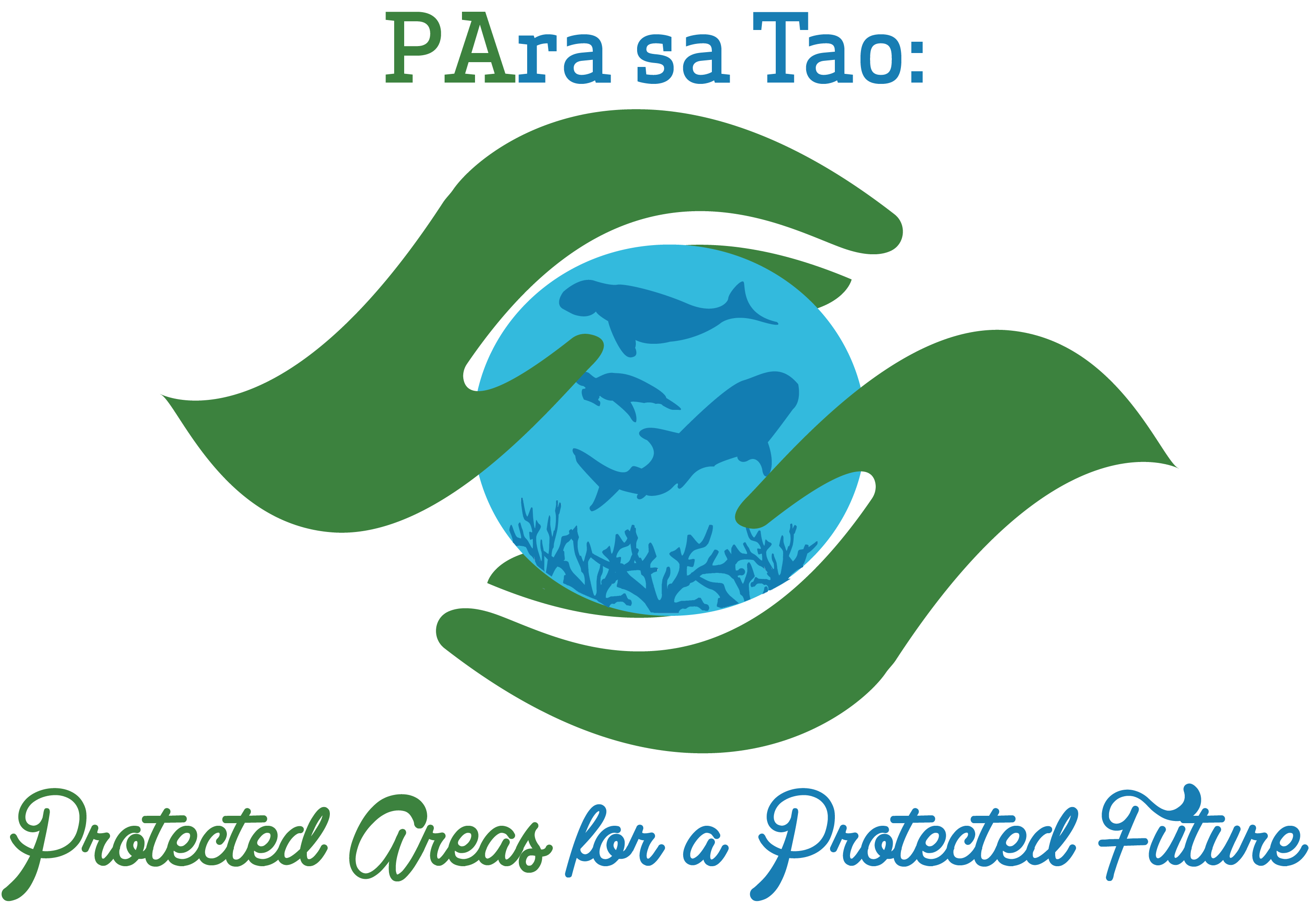PEMSEA joins DENR celebration for Month of the Ocean
Thursday, 30 April 2020

The waters off Batangas are a site of natural beauty.
MANILA, PHILIPPINES— The Partnerships in Environmental Management for the Seas of East Asia (PEMSEA) is supporting the Department of Environment and Natural Resources (DENR) in its celebration of the Month of the Ocean (MOO) this May. The annual event, created by virtue of Presidential Proclamation No. 57 s.1999, aims to promote and highlight the Philippines’ efforts towards conservation, protection and sustainable management of the country’s coastal and marine environment and biodiversity resources.
Due to the COVID-19 situation, this year’s MOO celebration is going virtual, with DENR and its partners utilizing social media platforms and other digital technologies to promote awareness and inspire action. Themed “Para sa Tao [For the People]: Protected Areas for a Protected Future”, the month-long MOO celebration aims to provide stakeholders an appreciation and broader understanding of Marine Protected Areas (MPAs) and their environmental, social and cultural benefits.

Case study highlights local MPA success
The Philippines is known as one of the world’s centers of marine biodiversity. However, climate change and human activities such as destructive fishing practices are constantly endangering its marine resources. To protect coastal habitats, conserve biodiversity and improve the livelihood of coastal communities, the establishment of MPAs and MPA networks in various regions of the country are being undertaken.
In the last 20 years, the Province of Batangas, through the coordination of the Provincial Government - Environment and Natural Resources Office (PG-ENRO), has made significant progress in expanding its management strategies for sustainable development of the province’s coastal and marine areas. This started with Batangas Bay as an integrated coastal management (ICM) demonstration site in 1994, in partnership with PEMSEA. The ICM system was replicated and now covers the entire coastline of the province (extending to Balayan and adjacent bays in year 2000, and Tayabas Bay and adjacent bays in 2005, in partnership with the World Wide Fund for Nature-Philippines [WWF-Philippines] and Conservation International-Philippines [CI-Philippines]).
Through the ICM program, the province updated its Strategic Environmental Management Plan (SEMP) (2005–2020), which integrates the components on: (1) habitat restoration and management; (2) water resource protection and management; and (3) fisheries protection and management. To implement these action programs, the Provincial Government of Batangas, in partnership with CI-Philippines, established, rectified, and expanded the existing MPAs and MPA network, thereby strengthening network operation, communication, and education campaigns as well as capacity development through closer cooperation and partnerships with initially 12 coastal cities and municipalities of the province.
Establishing a successful MPA/MPA Network in Batangas involved the following:
- identification of MPA sites and setting up of MPA network based on scientific studies and criteria;
- establishment of a mechanism for improved governance, i.e., multi-sectoral network consisting of government and nongovernment organizations, people’s organizations, and academic institutions bound by the terms and conditions of a Memorandum of Agreement (MOA) that called for collaborative efforts at the local, regional, and national levels;
- development of a time-bound MPA management plan with targeted goals and actions;
- continued public education, communication, and awareness building programs;
- implementation of regular and deputized patrols by the Bantay Dagat;
- monitoring, assessing, and reporting on the impacts and benefits derived from the MPAs/MPA network using various tools such as the MEAT (Management Effectiveness Assessment Tool), NEAT (Network Effectiveness Assessment Tool) and SEAT (Socioeconomic Effectiveness Assessment Tool); and
- implementation of recognition and incentive mechanism for MPA implementers (i.e., Batangas Recognition Awards for Verde Passage’s Outstanding (BRAVO) Marine/Mangrove Protected Areas and Bantay Dagat)
An increase in both the size and number of MPAs in the province has been reported over the years. In 2008, the Batangas MPA Network consisted of 38 MPAs and covered 1,400 ha of coral reef and seagrass beds and 523.5 ha of mangrove forest conservation areas. In 2019, the Network consisted of 51 MPAs covering a total area of 2,004 ha (1,403.6 ha of coral reef and seagrass and 600.4 ha of mangroves). As of March 2020, the Network includes 54 MPAs established in 13 coastal cities/municipalities covering a total area of 2,054 hectares (1,437.5 hectares of coral reef and seagrass; 617.35 hectares of mangroves).
The successful implementation of the Batangas MPA Network has gained national recognition from the Para El Mar (For the Seas) MPA Awards and Recognition of the Philippines MPA Support Network, including:
- Best MPA Network in Luzon for Exemplary Performance (2013)
- Most Outstanding Network in the Philippines (2015)
- Special Recognition for “Exemplary Performance” in MPA networking (2017)
Some lessons learned from the establishment and implementation of the Batangas MPAs/MPA Network included the following:
- Science plays a major role in the establishment of an effective network of MPAs.
- The ICM program provided the concerned city/municipal governments the avenues, collective planning and management framework, partnership platform, and policy and coordinating mechanism conducive for the development and implementation of sustainable network of MPAs.
- Strong collaboration among various stakeholders (government, NGOs, academe, private sector) is needed to sustain protected area management.
- Local community participation would be difficult to achieve if MPA management did not integrate community development objectives, particularly employment and livelihoods.
The full case study may be accessed at: http://www.pemsea.org/sites/default/files/ICM_Case_Studies_Book_48_Part_III_CS46.pdf




